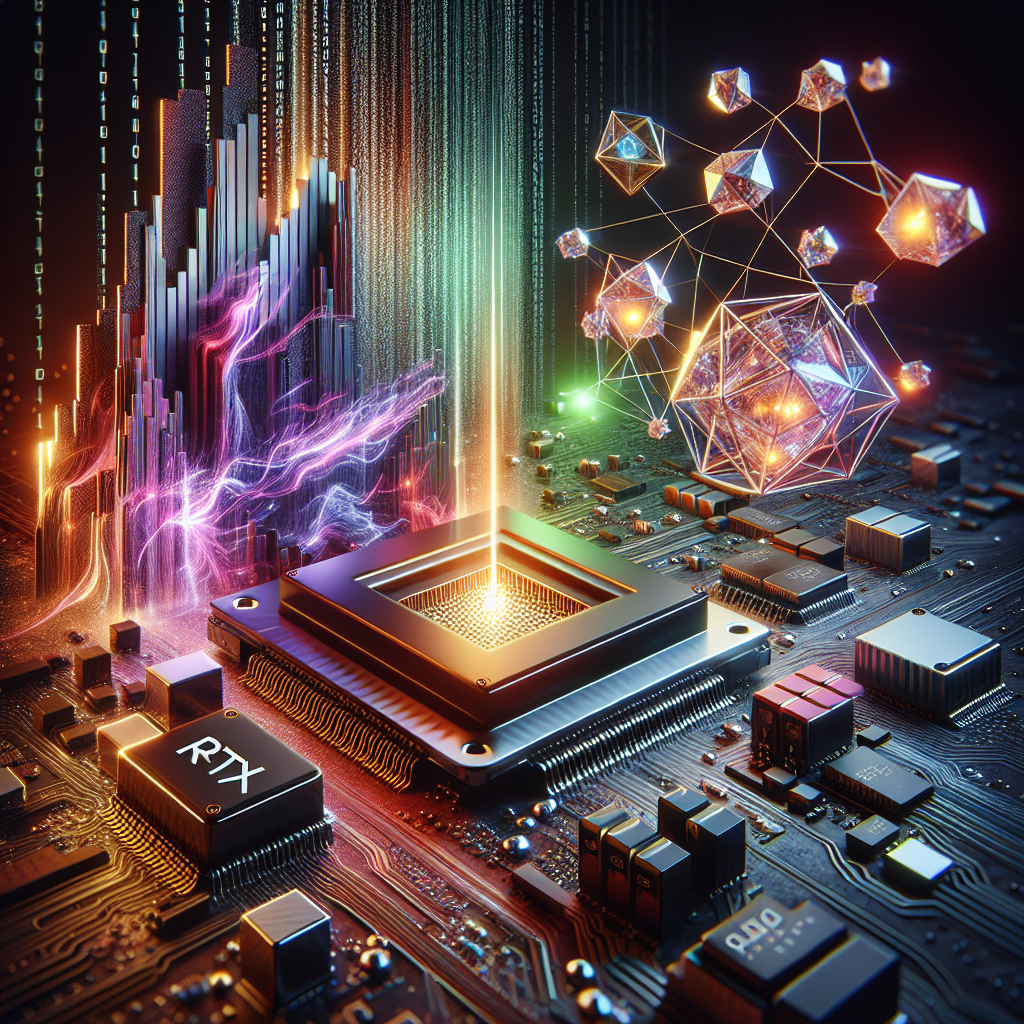Fix today. Protect forever.
Secure your devices with the #1 malware removal and protection software
Real-time ray tracing has long been considered the holy grail of computer graphics, offering unparalleled realism and visual fidelity in video games and other applications. However, the computational requirements for real-time ray tracing have always been too high for consumer hardware to handle.
That is, until now. NVIDIA’s RTX series of graphics cards have revolutionized real-time ray tracing by making it possible to render incredibly realistic scenes in real time. By leveraging the power of hardware-accelerated ray tracing, NVIDIA RTX cards are able to simulate the way light interacts with objects in a scene, creating lifelike reflections, refractions, and shadows.
One of the key innovations that NVIDIA has introduced with the RTX series is the integration of dedicated ray tracing cores into the GPU architecture. These specialized cores are able to process rays of light much more efficiently than traditional rasterization techniques, resulting in a significant performance boost for ray tracing applications.
In addition to the dedicated ray tracing cores, NVIDIA’s RTX cards also feature Tensor cores, which are specifically designed for AI and machine learning tasks. By combining ray tracing with AI-powered denoising techniques, RTX cards are able to produce stunningly realistic images with minimal noise and artifacts.
The impact of NVIDIA RTX on the gaming industry has been profound. Games like Cyberpunk 2077 and Battlefield V have showcased the power of real-time ray tracing, with breathtakingly realistic lighting and reflections that were previously only possible in pre-rendered CGI.
But real-time ray tracing is not just limited to gaming. Industries like architecture, automotive design, and film production are also benefiting from the improved realism and efficiency that RTX cards bring to their workflows. With the ability to visualize complex scenes with unparalleled accuracy, professionals in these fields can make more informed decisions and create more compelling visualizations.
In conclusion, NVIDIA’s RTX series of graphics cards have truly revolutionized real-time ray tracing, bringing the dream of photorealistic computer graphics within reach. By leveraging the power of dedicated ray tracing cores and AI-driven denoising techniques, RTX cards are able to deliver stunning visuals that were previously only possible in offline rendering. As the technology continues to evolve, we can expect even more exciting advancements in real-time ray tracing, pushing the boundaries of what is possible in computer graphics.
Fix today. Protect forever.
Secure your devices with the #1 malware removal and protection software

Leave a Reply
You must be logged in to post a comment.